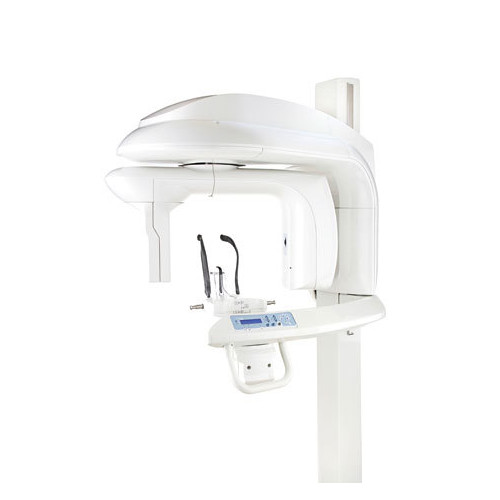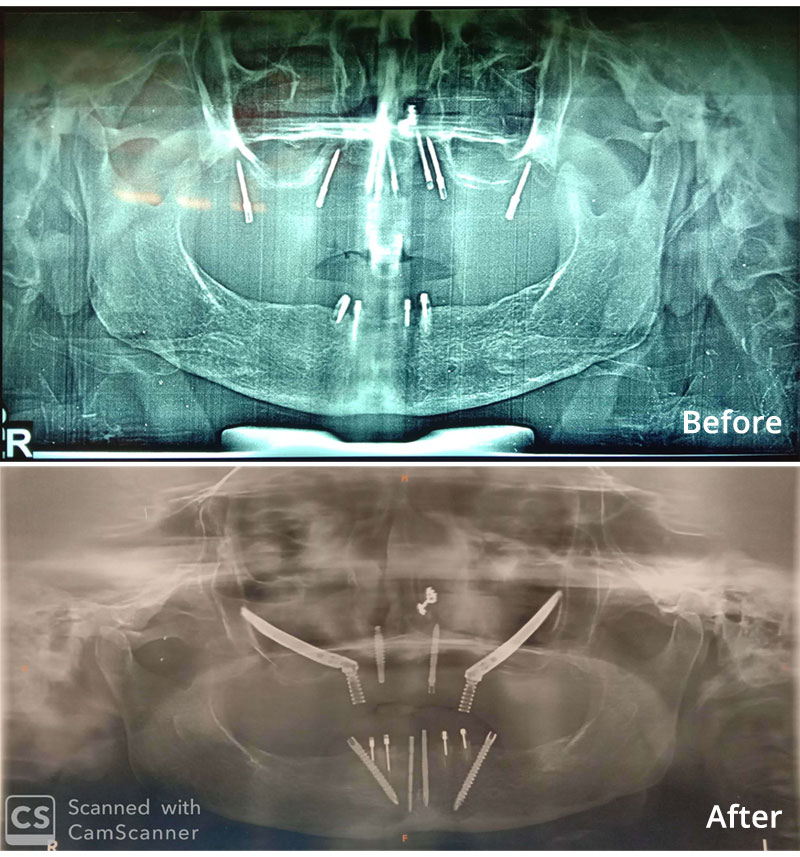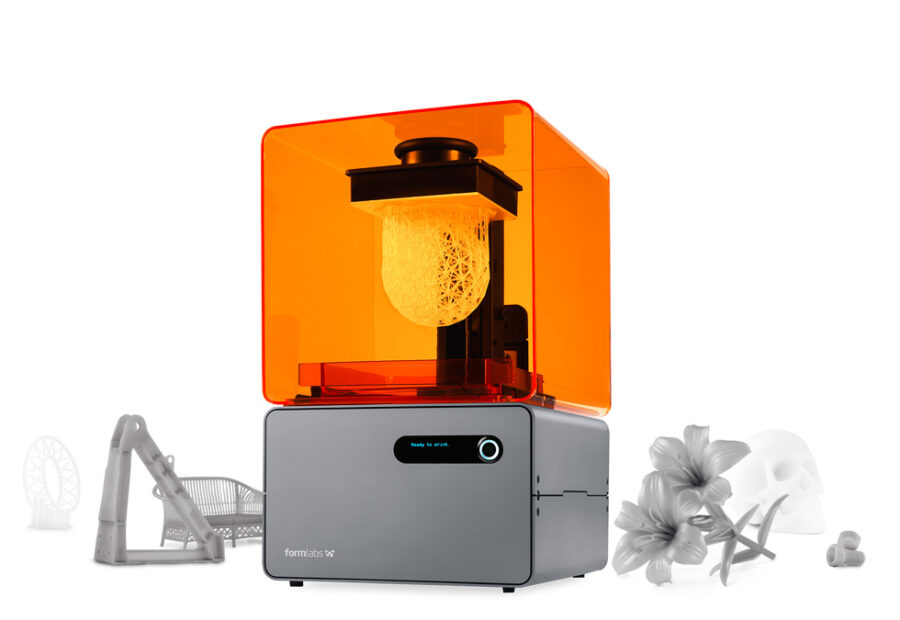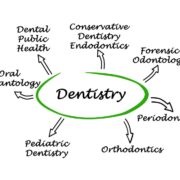Digital dentistry is revolutionizing the way dental care is provided to patients worldwide. From 3D imaging to chair side milling, advanced dentistry is modernising the entire dental experience, making it more efficient, accurate, and personalised. By leveraging digital technologies, dentists are able to provide better quality care with faster results and less invasiveness. Patients can benefit from improved accuracy and treatment planning, while dentists can benefit from increased productivity and fewer manual processes. With advances such as these, advanced dentistry is indeed transforming the industry and the way people experience dental care. By exploring the impact of ,modern dentistry, we can gain insight into how it is changing the practice of dentistry and improving patient care.
What is Digital Dentistry?
Digital dentistry is the use of computer-aided design and computer-aided manufacturing (CAD/CAM) to produce dental prosthetics and devices. It encompasses a range of digital technologies, including 3D imaging, digital impressions, chairside milling, and 3D printing. These technologies are used to create customised restorations and devices, such as crowns, bridges, dentures, veneers, and implants. Modern dentistry is a rapidly growing field, and as technology continues to advance, it is becoming increasingly popular in dental practices around the world.
The primary benefit of digital dentistry is that it allows dentists to provide more accurate and personalized care. Digital technologies allow dentists to take 3D scans of the teeth and create a digital model of the patient’s mouth. This enables them to plan and design treatments with greater precision and accuracy than ever before. Digital impressions also eliminate the need for messy and uncomfortable traditional impressions. Advanced dentistry also enables chair side milling, which allows dentists to create restorations in a single visit. This eliminates the time-consuming and labour-intensive process of sending impressions to a lab for fabrication.
Benefits of Digital Dentistry for Patients
Digital dentistry offers a range of benefits to patients. One of the primary benefits is improved accuracy and treatment planning. With the help of 3D imaging and digital impressions, dentists can plan treatments with greater precision, resulting in more aesthetically pleasing results.
Advanced dentistry also enables chairside milling, which allows dentists to create restorations in a single visit. This eliminates the need for multiple appointments, which can be both time-consuming and inconvenient. Additionally, digital dentistry eliminates the need for messy and uncomfortable traditional impressions, resulting in a more pleasant dental experience.



Digital dentistry is also more cost-effective than traditional dentistry. By eliminating the need for multiple visits and manual labour, digital dentistry saves dentists time and money, which can be passed on to the patient in the form of lower costs. Additionally, digital dentistry reduces the risk of complications and errors, resulting in fewer costly re-treatments. This can help patients save time and money in the long run.
Benefits of Advanced Dentistry for Dentists
Digital dentistry can also provide a range of benefits to dentists. One of the primary benefits is increased productivity. Digital technologies allow dentists to plan treatments with greater accuracy and efficiency, resulting in fewer manual processes and fewer mistakes. Additionally, digital dentistry eliminates the need for manual impressions, saving dentists time and money.
Modern dentistry also enables dentists to provide more personalised care. With the help of 3D imaging and digital impressions, dentists can create customised restorations and devices that are tailored to the individual patient. This allows them to provide the most aesthetically pleasing and comfortable results. Additionally, digital dentistry enables chairside milling, which allows dentists to create restorations in a single visit. This eliminates the need for multiple visits, resulting in a more convenient and cost-effective experience for both the dentist and the patient.
Digital Dentistry Statistics
Digital dentistry is a rapidly growing field, and its impact on the industry is undeniable. According to a recent survey, over 95% of dentists in the United States are currently using digital dentistry technologies in their practice. This number is expected to rise in the coming years, as more and more dentists are turning to digital technologies to provide more accurate and efficient care. Additionally, the global digital dentistry market is expected to reach $6.3 billion by 2025. This is a testament to the growing popularity and effectiveness of digital dentistry.
Improved precision: With digital dentistry, dentists can use 3D imaging to create a highly accurate virtual model of a patient’s teeth and gums. This allows for precise planning and execution of procedures, resulting in better outcomes.
Enhanced patient experience: Patients often feel more involved and engaged in their treatment when they can see and understand their virtual model. This can lead to better outcomes and higher patient satisfaction.
Faster and more efficient procedures: Modern dentistry enables dentists to perform procedures more quickly and efficiently, reducing the amount of time patients need to spend in the dental chair. For example, same-day crowns can be created using CAD/CAM technology, eliminating the need for multiple appointments.
More comfortable for patients: Advanced dentistry often involves less invasive procedures that are less uncomfortable for patients. For example, digital impressions can be taken using an intraoral scanner, eliminating the need for messy traditional impressions.
Better communication: This dentistry makes it easier for dentists to communicate with their patients and other dental professionals. Virtual models can be shared electronically, and treatment plans can be discussed and modified in real-time.
Types of Digital Dentistry Technology
Digital dentistry encompasses a range of technologies, including 3D imaging, digital impressions, chairside milling, and 3D printing. 3D imaging, also known as cone beam computed tomography, is a type of 3D X-ray that produces detailed images of the teeth and jaw. Dental impressions are a type of digital scan that captures detailed images of the teeth and mouth. Chairside milling is a type of technology that allows dentists to create restorations in a single visit. Finally, 3D printing is a type of technology that enables dentists to quickly and accurately create customised restorations.

Advantages of Digital Dentistry
Digital dentistry offers a range of advantages over traditional dentistry. One of the primary advantages is improved accuracy and treatment planning. With the help of 3D imaging and digital impressions, dentists can plan treatments with greater precision, resulting in more aesthetically pleasing results. Additionally, digital dentistry enables chairside milling, which allows dentists to create restorations in a single visit. This eliminates the need for multiple visits and manual labour, resulting in a more cost-effective and convenient experience for both the dentist and the patient.
Advanced dentistry also offers improved patient comfort. Digital technologies eliminate the need for messy and uncomfortable traditional impressions, resulting in a more pleasant dental experience. Additionally, digital dentistry reduces the risk of complications and errors, resulting in fewer costly re-treatments. Finally, digital dentistry enables dentists to provide more personalised care, as they can create customised restorations and devices that are tailored to the individual patient.
Challenges of Digital Dentistry
Despite its many advantages, dentistry is not without its challenges. One of the primary challenges is the cost of digital technologies. Digital dentistry is a rapidly growing field, but the cost of digital technologies can still be prohibitive for some dentists. Additionally, digital dentistry requires a certain level of expertise, as dentists must be familiar with the technology to properly utilise it. Finally, digital dentistry is not without its risks, as there is the potential for data loss or security breaches.
Examples of Digital Dentistry Revolutionising Dental Care
Digital dentistry is revolutionising the practice in several ways. One example is the use of 3D printing to create custom dental prosthetics. 3D printing allows dentists to quickly and accurately create customised crowns, bridges, dentures, veneers, and implants that are tailored to the individual patient. This eliminates the need for manual labour and allows dentists to provide more personalised care.
Another example is the use of digital impressions. Digital impressions allow dentists to capture detailed images of the teeth and mouth without the need for messy and uncomfortable traditional impressions. This eliminates the need for multiple visits and manual labour, resulting in a more efficient and cost-effective experience.
Finally, modern dentistry is revolutionising the way dentists plan treatments. With the help of 3D imaging and digital impressions, dentists can plan treatments with greater precision, resulting in more aesthetically pleasing results. Additionally, digital dentistry enables chairside milling, which allows dentists to create restorations in a single visit. This eliminates the need for multiple visits and manual labour, resulting in a more convenient and cost-effective experience for both the dentist and the patient.
Future of Digital Dentistry practice
The future of advanced dentistry is bright. As technology continues to advance, digital dentistry will become increasingly popular in dental practices around the world. Additionally, the cost of digital technologies is expected to decrease, making them more accessible to a wider range of dentists. Finally, new technologies, such as artificial intelligence and blockchain, are expected to revolutionise the industry, enabling dentists to provide more accurate and personalised care.
Conclusion
Digital dentistry is revolutionising the way dental care is provided to patients worldwide. From 3D imaging to chair side milling, digital dentistry is modernising the entire dental experience, making it more efficient, accurate, and personalised. Modern dentistry offers a range of benefits to both patients and dentists, including improved accuracy and treatment planning, increased productivity, and more personalised care. With advances such as these, digital dentistry is indeed transforming the industry and the way people experience dental care.






